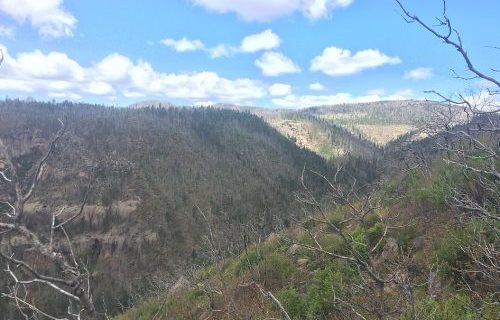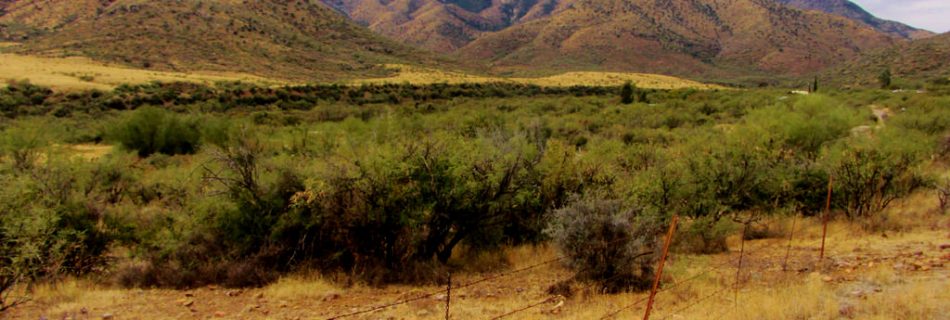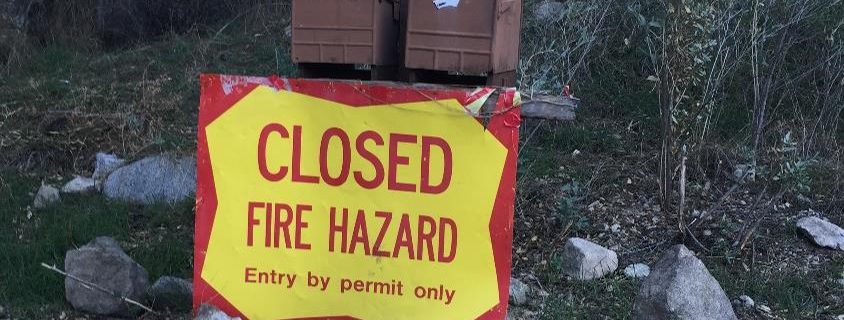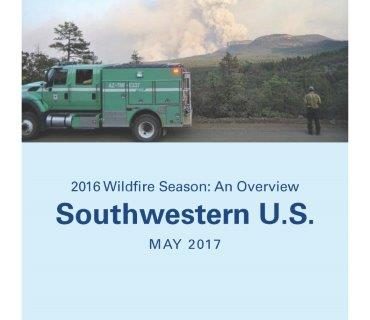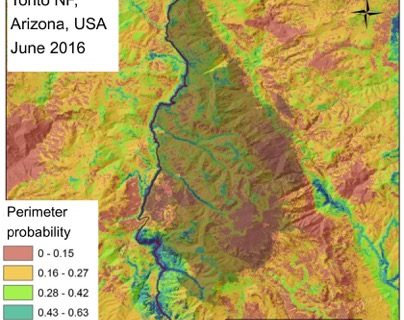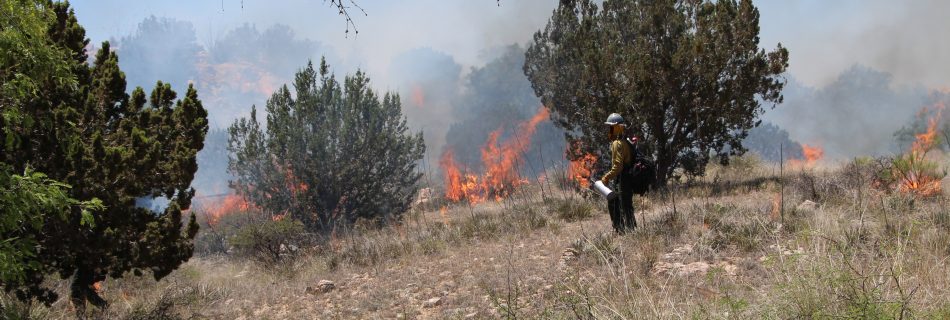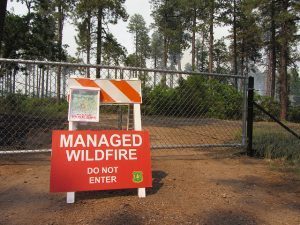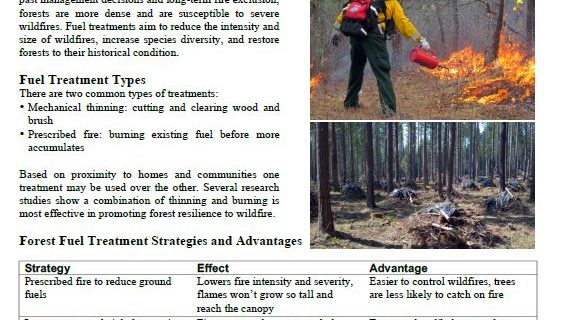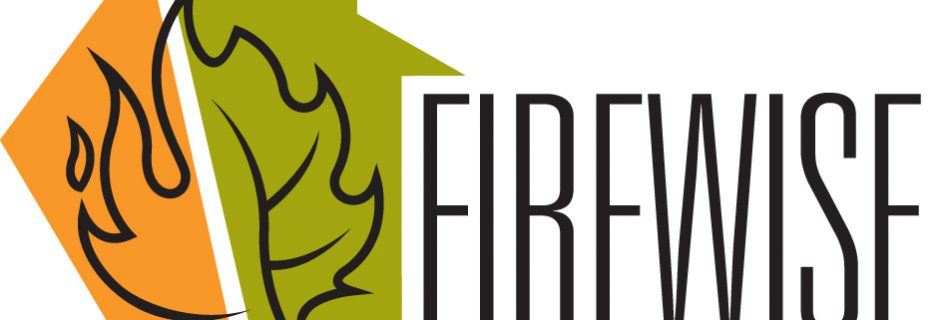August 31, 2017: The East Jemez Landscape Futures Project
Date: August 31, 2017 11am AZ/12pm MDT Presenter: Collin Haffey, USGS Jemez Mountains Field Station The East Jemez Landscape Futures (EJLF) project is a collaborative process that aims to develop a holistic and forward-looking approach to managing areas of the eastern Jemez Mountains severely altered by drought, high severity fire, and post-fire flooding. To engage a diversity …
Read more “August 31, 2017: The East Jemez Landscape Futures Project”

